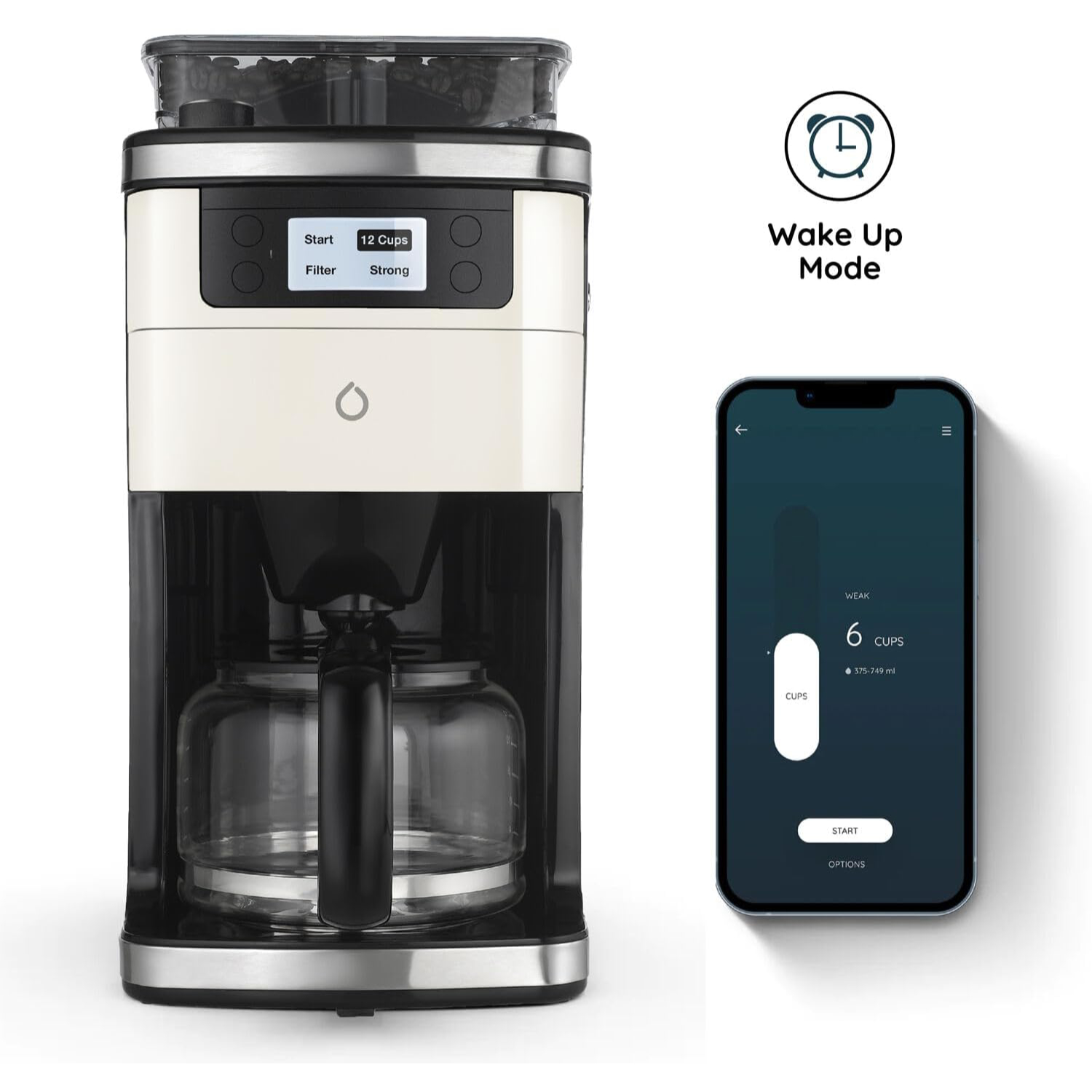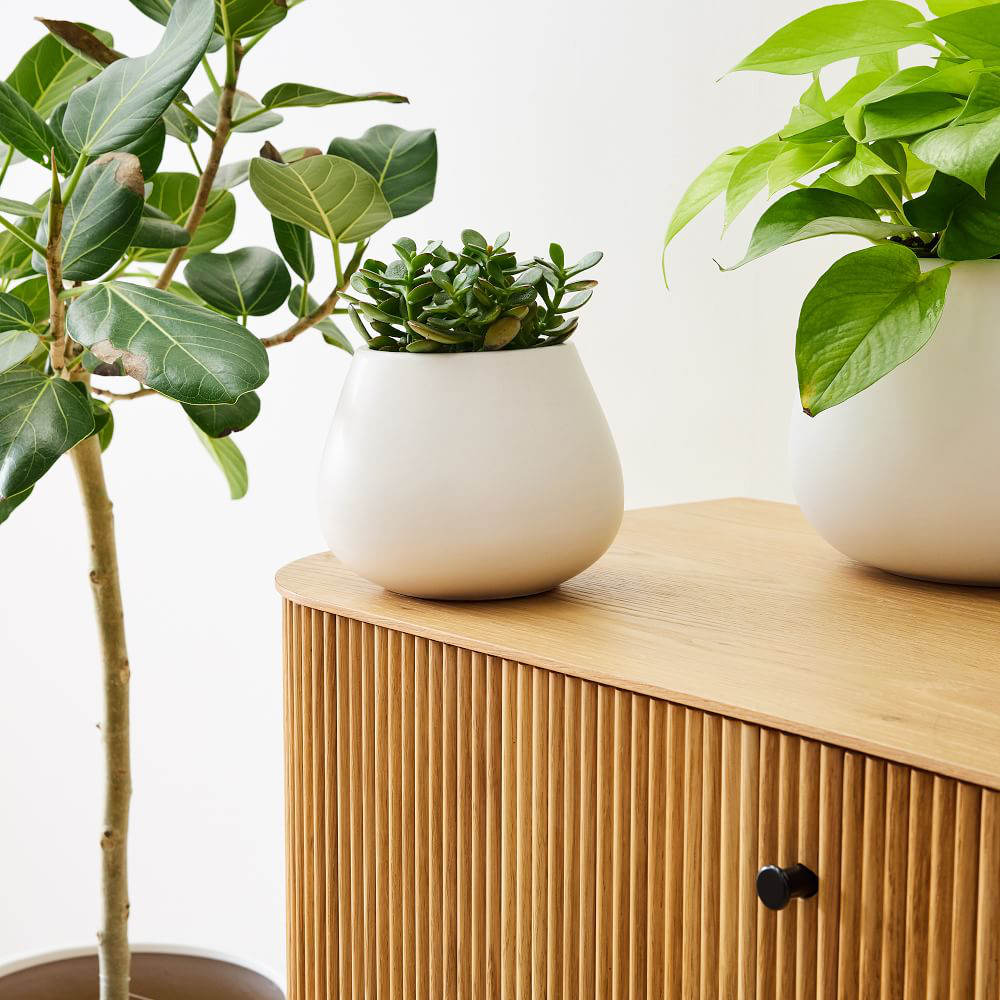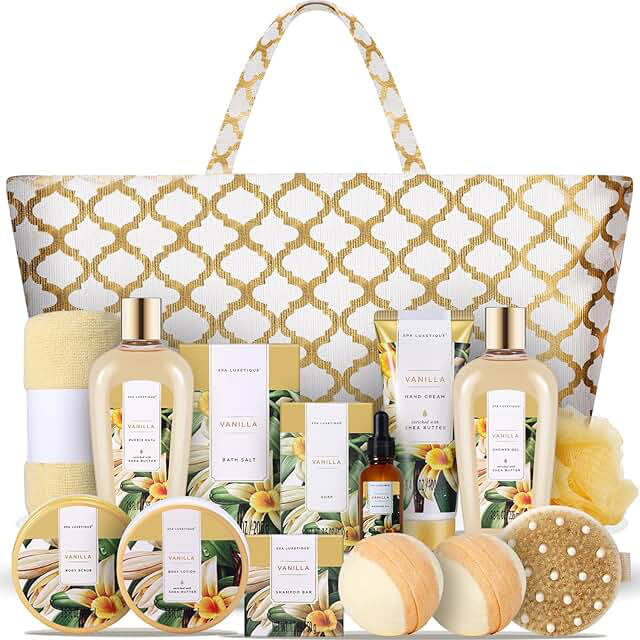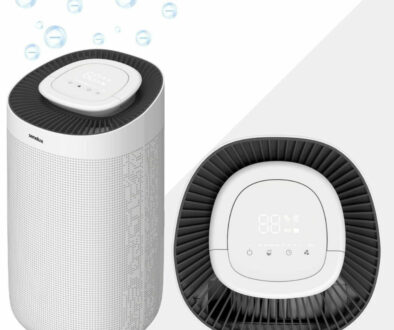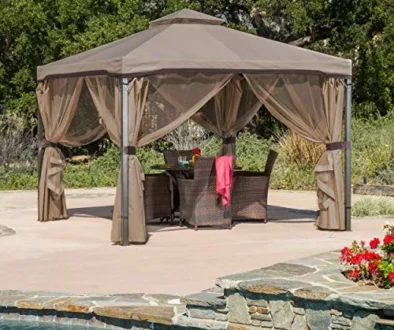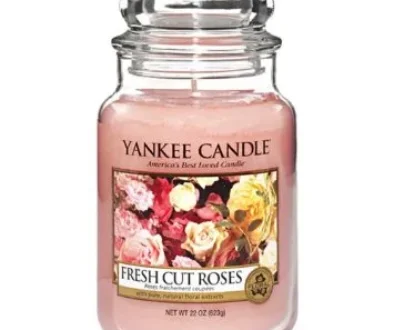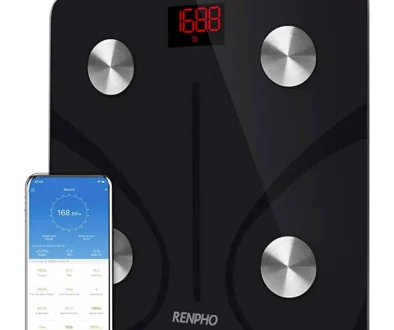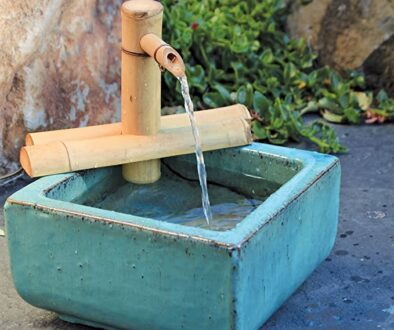10 Common House Plants that Help Keep the Air Clean – Fresh Air Indoors Naturally
My home is my haven – the place where I can just be myself, carefree and complete. It is tidy with neatly stacked pillows, dusted shelves, and spotless windows. When I am out on a hot, sultry summer day full of chaotic traffic and grimy air, home seems like a paradise waiting to welcome me with open arms. As soon as I am home, I put on my favorite, worn-out pajamas and breathe a sigh of relief.
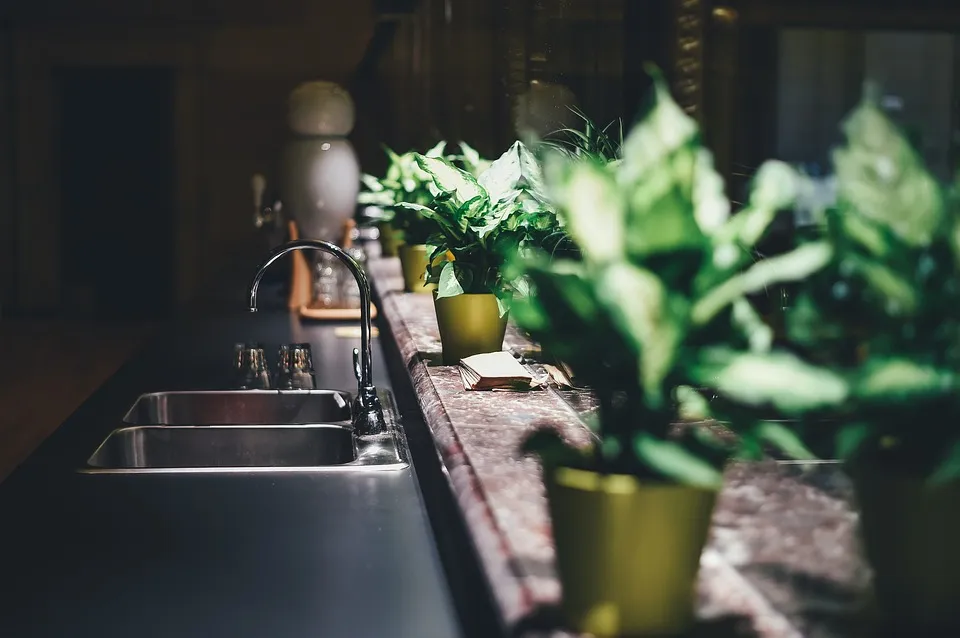
Well, you can imagine my surprise when I came across a shocking revelation. There are a huge number of toxic pollutants lurking in our homes. These volatile organic compounds are emitted into the air in low levels by household cleaning items, paints and building products and furniture. Some of the common VOCs are lead, formaldehyde, methylene chloride and benzene.
They are known to cause respiratory allergic reactions such as dyspnea and asthma, skin problems, irritation of eyes and nose, nausea, headache, vomiting and in worse cases, cancer. Both adults and children are at risk, particularly infants. Furthermore, poor ventilation causes the indoor air to become stagnant which can lead to ‘sick building syndrome’. Yes, it’s legit!
What can you do to purify the air indoors? You can’t scrape off the coatings of paint or throw away your furniture. You can do what NASA recommends and keep potted plants indoor to clean and purify the air and markedly reduce the amount of toxins in the air.
How does it work? Plants take in the toxic particulates and carbon dioxide from the air, and through photosynthesis, they release oxygen in return. Moreover, microorganisms present in the potting soil also help to clean the air.
If you are wondering which plants to get for your house, consider the following NASA-approved ones!
1. Aloe Vera
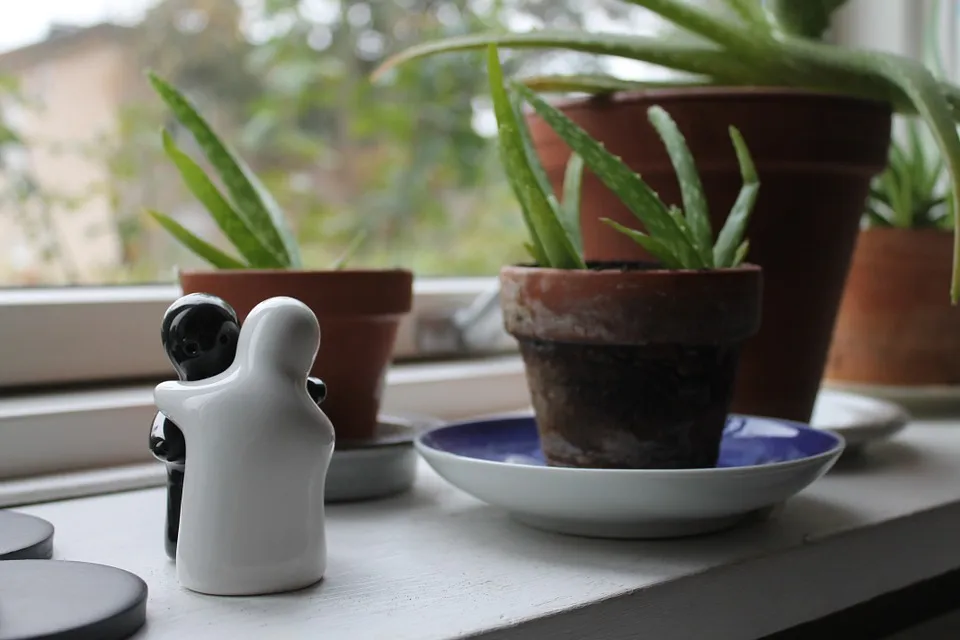
There is a good reason ancient Egyptians used to call aloe the “plant of immortality”. When it comes to plants with medicinal and decorative uses, Aloe Vera is a complete package. The evergreen succulent plant is renowned for its widespread uses. The gel present inside the leaves has amazing healing properties. Be it bad sunburn or a wound, the gel soothes the pain. It tackles acne, pores, dandruff, and constipation as well. Moreover, it makes a lovely choice as a decorative feature on a window sill.
There is another great thing about aloe vera plant that most people aren’t aware of. It is a natural air purifier. It absorbs benzene and formaldehyde from the air and keeps it clean. If you are like me and don’t have a knack for growing plants, don’t worry. It is incredibly easy to grow and take care of!
2. The Spider Plant
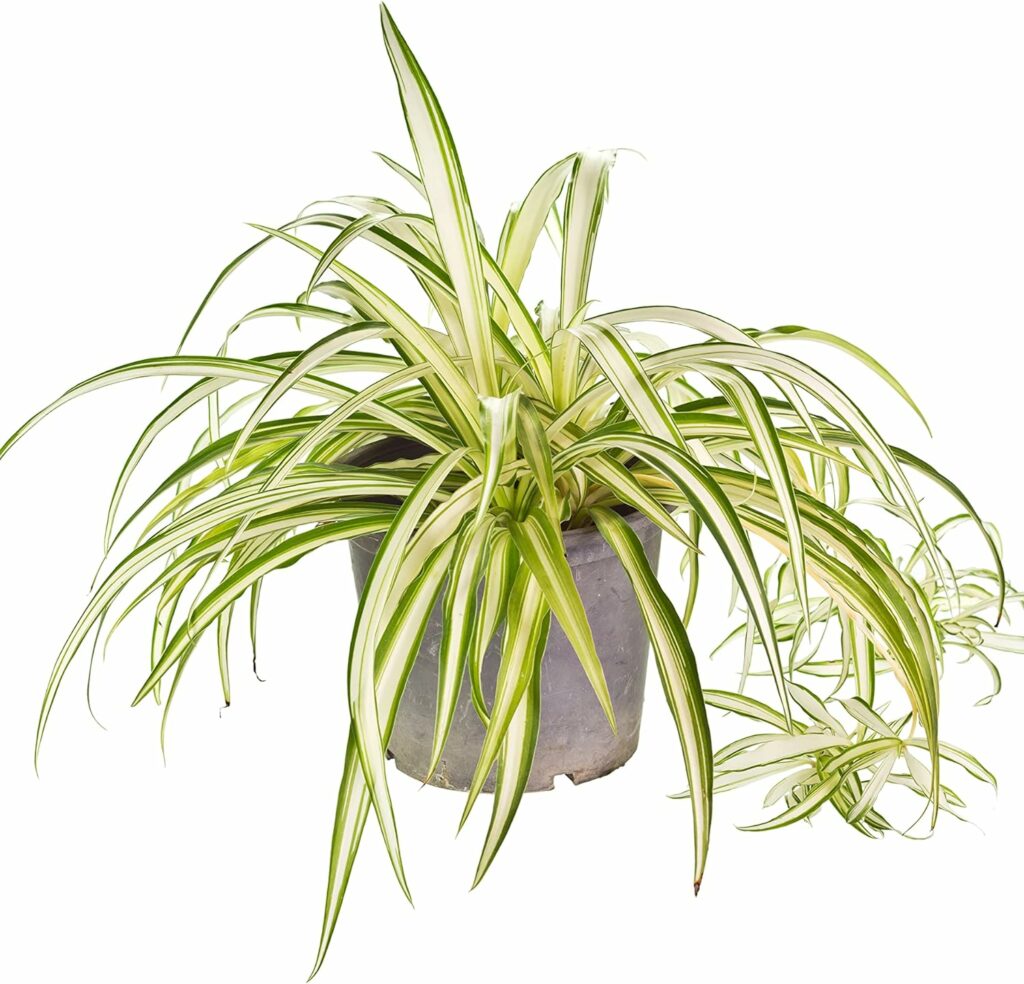
The spider plant turned out to be a lifesaver for my uncle. He suffers from seasonal allergies that often lead to asthmatic attacks. Since the day he brought home a pot of spider plant, the severity of allergic attacks greatly subsided. It is one of the easiest houseplants to grow and hard to kill. Yes, it is okay if you don’t possess green fingers. The plant will thrive even if you neglect it.
What’s more, the sprouting leaves look perfect on the kitchen counter. In a couple of days, the leaves will absorb a variety of toxins and allergens from the air such as mold, formaldehyde, and carbon monoxide. It releases daytime and nighttime oxygen and prevent the indoor air to become stagnant.
3. Sansevieria (Mother-in-Law’s Tongue)
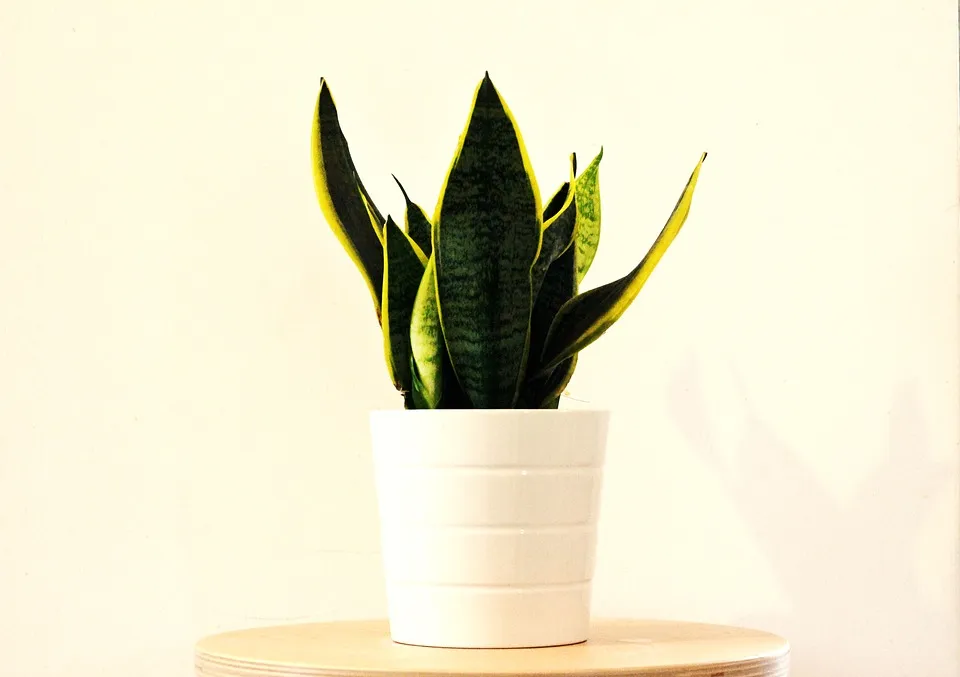
I guess it will be for the best if you don’t let you know MIL know what it’s called. Do you know its other name? Snake plant! Yikes, that would create some serious conflicts. Otherwise, it is one of the easiest houseplants to grow that doesn’t mind if it is being watered only occasionally. Sansevieria actually prefers dry conditions, but you can put one in your steamy bathroom for air decontamination. It filters out pollutants like benzene, formaldehyde, trichloroethylene, and xylene from the air and it gives a much-needed dose of oxygen while you are sleeping at night.
Mother-in-Law’s Tongue on Amazon
4. Boston Fern
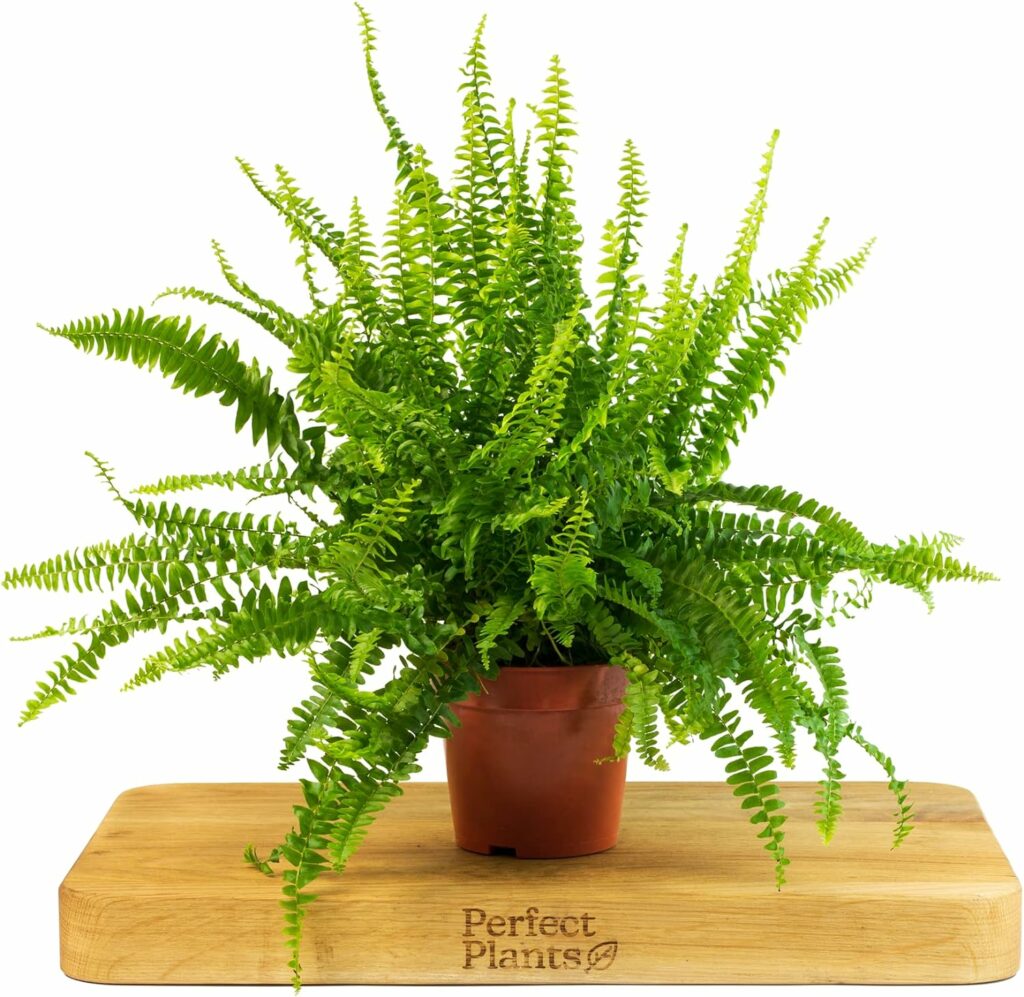
Offering various health benefits, the picturesque houseplant is one of my personal favorites. Not only it purifies the air, it acts as a humidifier as well. It tends to the restore moisture and reduces the traces of formaldehyde fluttering in the air. I have placed small pots of Boston Fern all over the house. When the air-conditioner is on, the air doesn’t feel dried out.
As we have a small baby, the plant has helped us a lot by preventing nasal dryness and blocked, stuffy nose. Boston Fern is ideal if you have an infant or if you suffer from allergies during winters. Don’t forget to keep your Boston Fern in direct sunlight and water regularly.
5. English Ivy
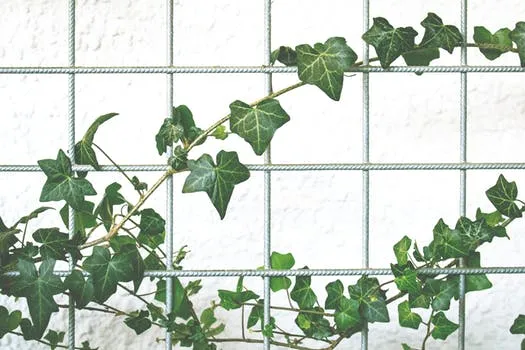
Living with pets can often trigger allergies like coughing, wheezing, and sneezing. It can happen with adults and children alike. If you are susceptible to allergic reactions and love your pets to death, it can make your life miserable. The English Ivy, an evergreen, climbing vine, can help you detoxify the house by absorbing fecal particulates and other toxins such as benzene and formaldehyde from the air and carpets. English Ivy also reduces stress levels and helps you focus on work. Grab a few pots of English Ivy and place it in your washroom, work desk and living room. Remember to keep the plants away from the reach of your kids and pets as it can cause contact dermatitis.
6. Bamboo Palms
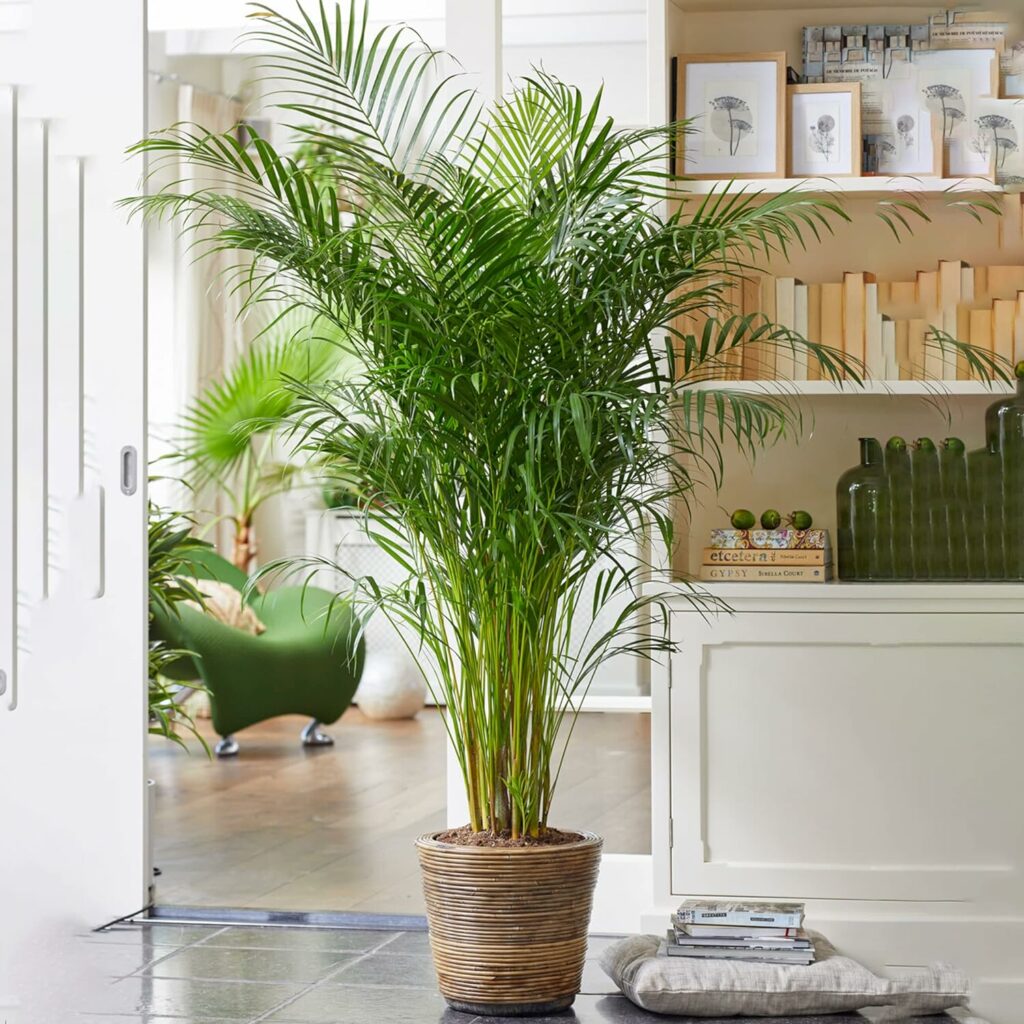
If I had a larger kitchen, I would definitely put up a potted bamboo palm. For those of you who have ample space in your living room or in the kitchen, potted bamboo palms make an eye-catching addition to the decor. Remember they can grow up to 12 feet high and need bright sunlight and moisture to thrive. Whenever the soil feels dry, sprinkle some water and you are good to go. Thanks to their tall size, bamboo palms can filter out large amounts of pollutants such as benzene, formaldehyde, carbon monoxide, xylene, chloroform, and trichloroethylene from the house. Moreover, they are pet-friendly and completely non-toxic.
7. Peace Lily
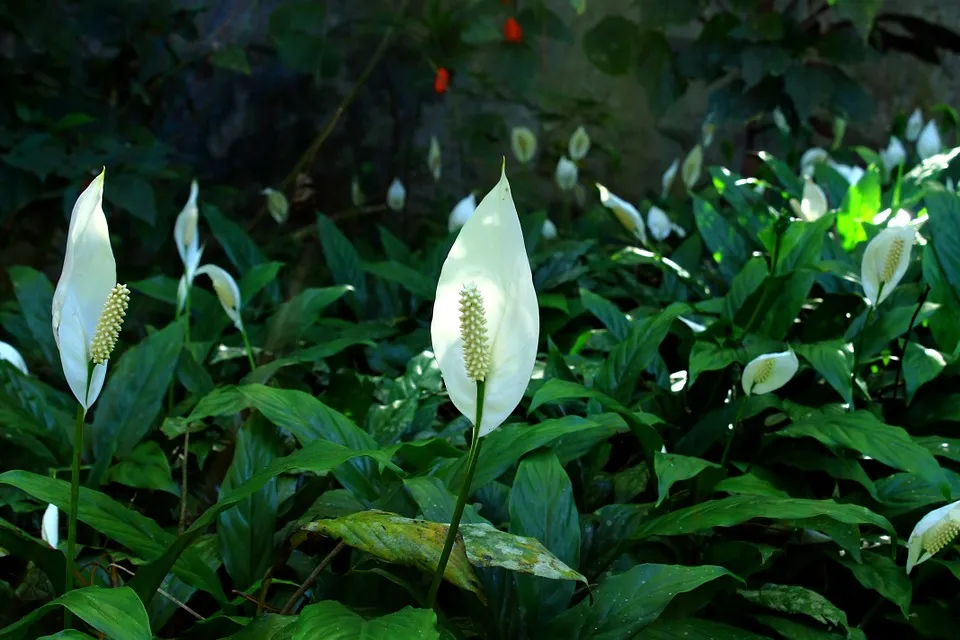
Peace lilies are easy to grow and are one of the popular choices for workplaces and homes. The plant adds a lovely touch to your indoors with its long green leaves and blooming white flowers. Peace lilies can help eliminate various toxins from the house by breaking them down. Some of them include acetone, formaldehyde, benzene, ammonia, xylene, ethyl acetate, and trichloroethylene. The plant does not require large amounts of sun light or water to survive. Please remember that the flowers aren’t edible, so keep them out of reach of kids and pets.
8. Golden Pothos
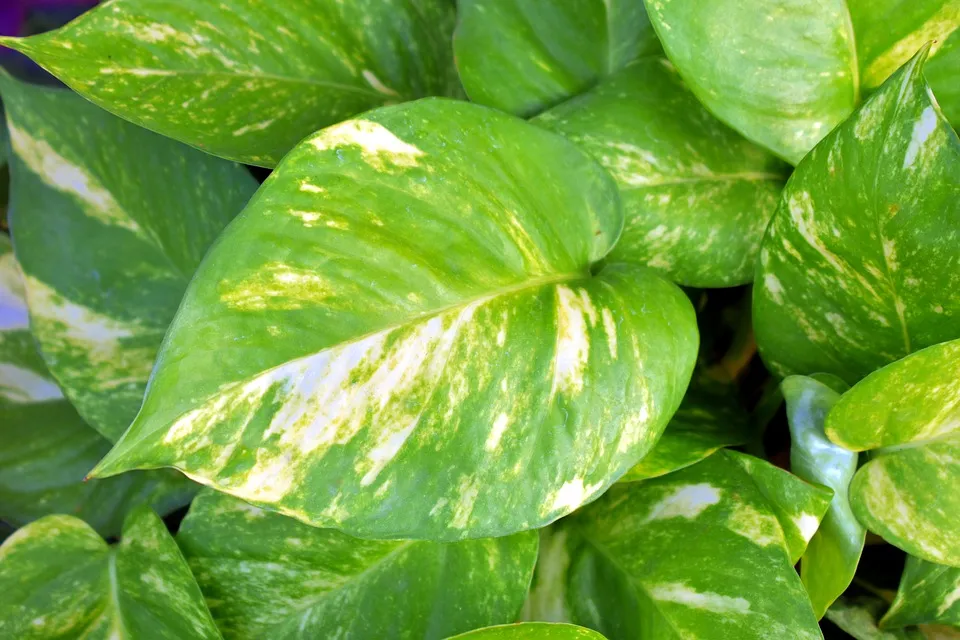
Hang several pots of Golden Pothos in your kitchen and veranda, and keep the air filtered and toxin-free. Also known as Devil’s Ivy, the plants are very resilient and can flourish in almost any condition. They can grow up to 8 feet long and are one of the most effective indoor air detoxifier. Don’t have a green thumb? Golden pothos are perfect to start with! They remove several toxins including formaldehyde, xylene, toluene, benzene, and carbon monoxide. Make sure your cats and dogs stay away from the plant!
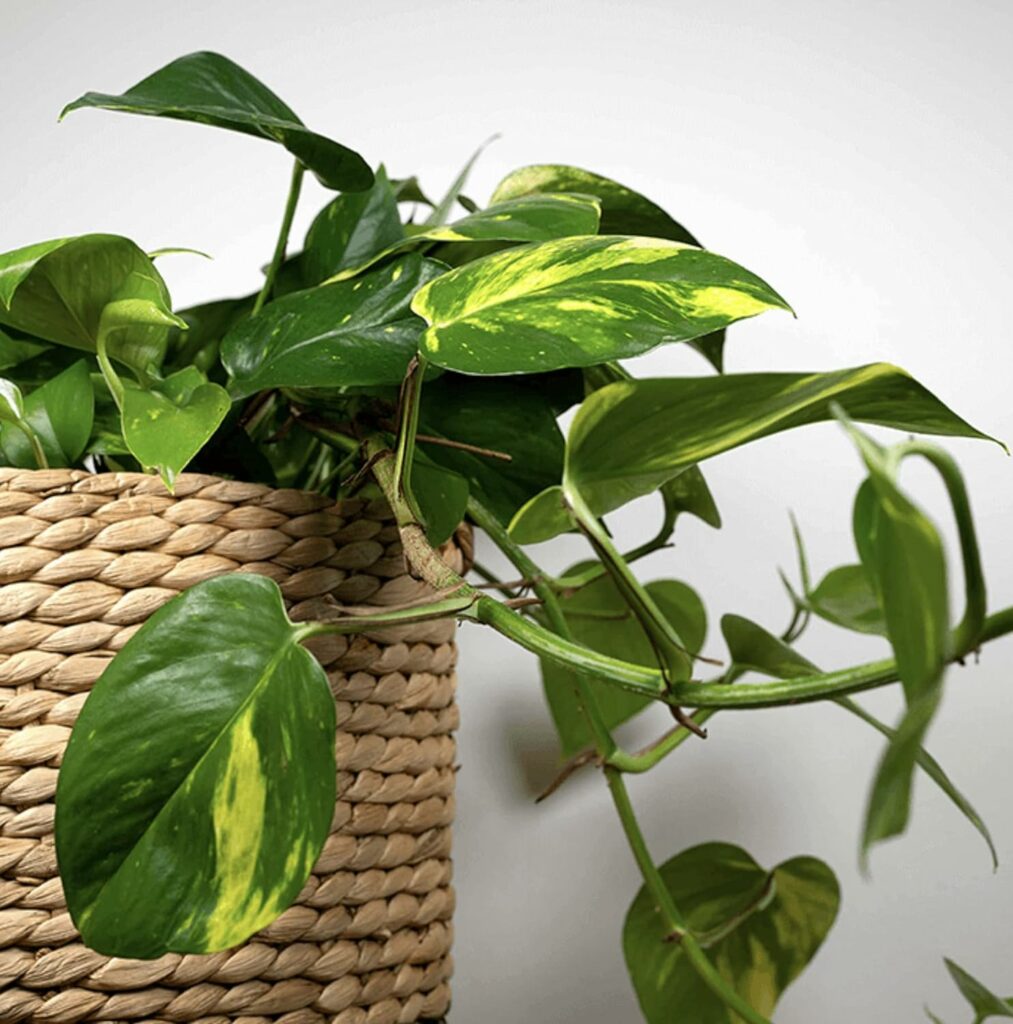
9. Chrysanthemum – Hardy Green Mums
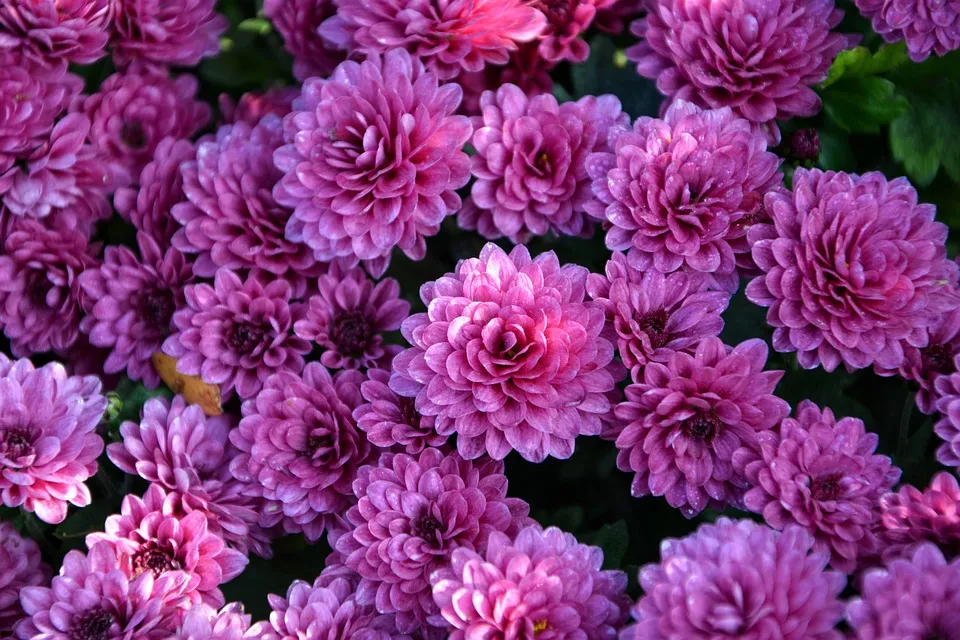
The flowering plant is popular for its air-purifying properties and pretty looks. Thanks to its variety of bright colors, chrysanthemum can really brighten up a dull space. However, it’s not a safe option if you have pets at home. According to a research conducted by NASA, it eliminates trichloroethylene, benzene, formaldehyde, xylene, toluene, ammonia, and other toxins from the air. If you are planning to put one in your house, make sure to water it thrice a week!
10. Dwarf Banana Plants
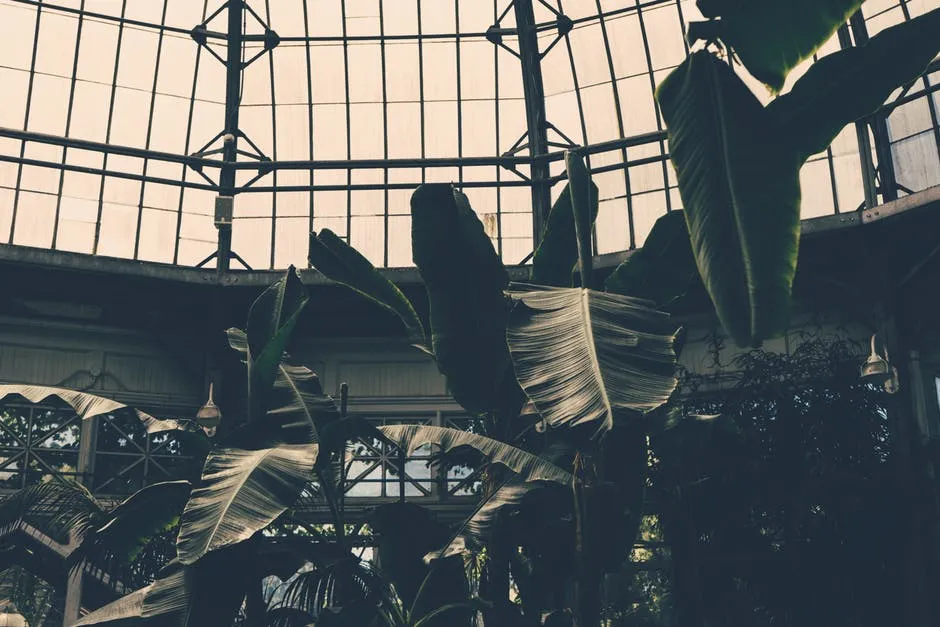
I love bananas and so does my kid. We go bananas over them! I’ve kept pots of shiny-leafed Dwarf Banana in my kitchen and washroom. Even though, the plants don’t offer any bananas, they do cleanse the air around us. They have an exotic look about them that will remind you of a tropical island. However, the beautiful look last for a short time as the leaves split open. They have to be replaced regularly. Dwarf Banana Plants remove toxins like formaldehyde from the air. Remember, they love humidity.
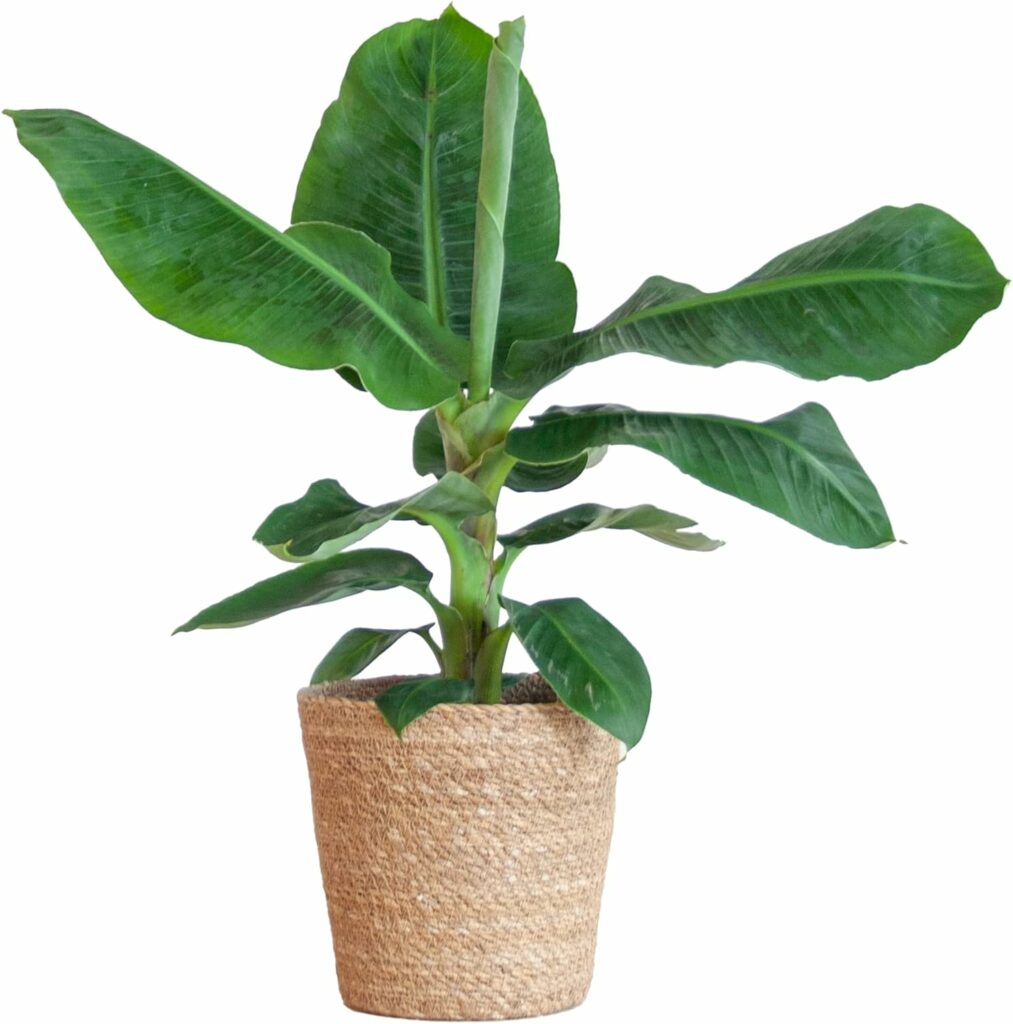
Houseplants are highly effective to clean and ventilate indoor airs. Thanks to their tall size, bamboo palms can filter out large amounts of pollutants.The best part is it’s all natural and cheap. Apart from houseplants, you can purify the air by regularly vacuuming and mopping the floors, using humidifier and air filters and keep the house well-ventilated. Let us know how it goes for you!

